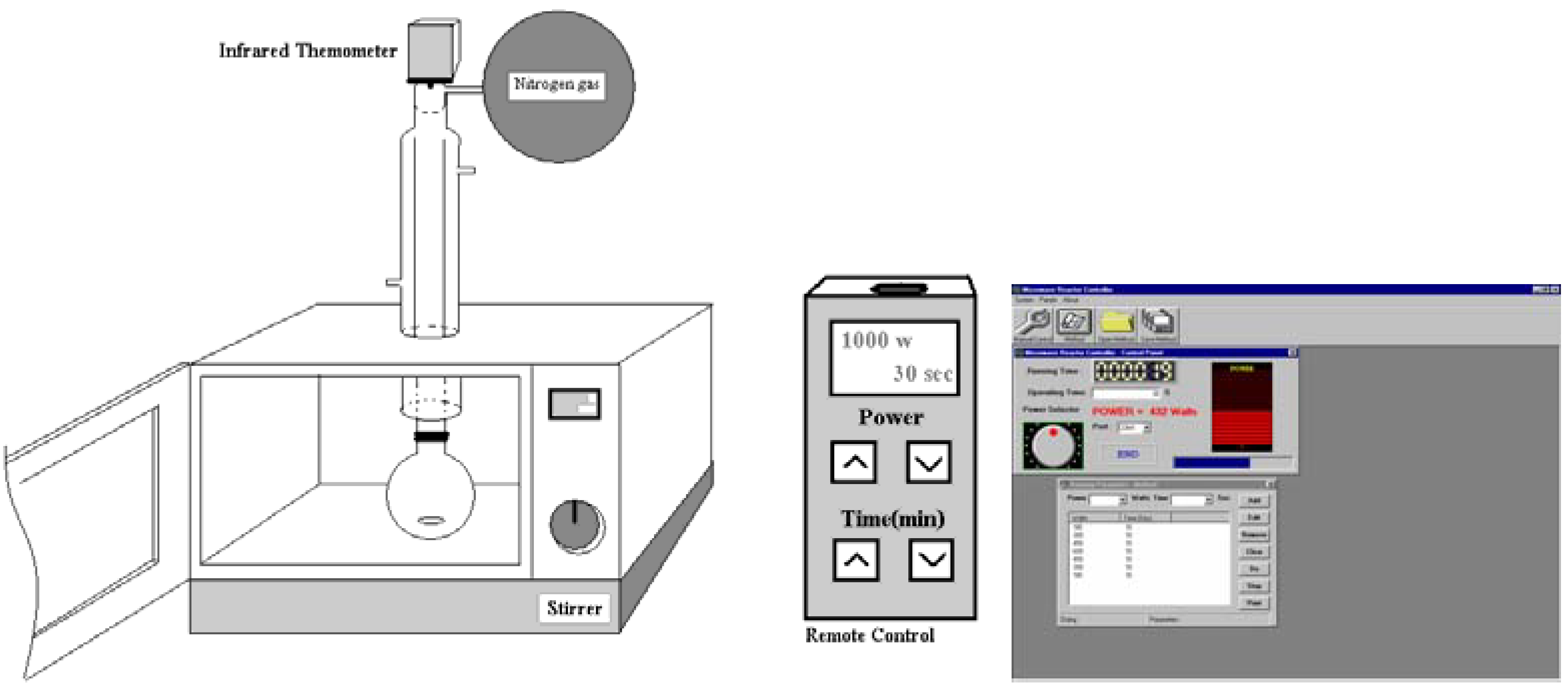Facile Microwave-assisted Synthesis of 9,10-Dihydro-9,10-ethanoanthracene-11-carboxylic acid Methyl Ester
Abstract
:Introduction
Results and Discussion


| Microwave irradiation | 6-8 | 266-280 | 70-85 |
| Sealed tube | 1440 | 120 | 81 |
| General refluxing | 2880 | 120 | 84 |
Conclusions
Experimental
General
General synthetic procedure
Acknowledgements
References and Notes
- Phutdhawong, W.; Thongban, S.; Buddhasukh, D. ACGC Chem. Res. Commun. 2002, 15, 2–5.De Meijere, A.; Faber, D.; Heinecke, U.; Walsh, R.; Muller, T.; Apeloig, Y. Eur. J. Org. Chem. 2001, 663–680.Arena, P.; Brown, R. F. C.; Eastwood, F. W.; McNaughton, D. Aust. J. Chem. 1999, 52, 663–672.Weber, E.; Hens, T.; Gallardo, O.; Csoeregh, I. J. Chem. Soc., Perkin Trans. 1996, 737–45.Gable, R. W.; Qureshi, A.; Schiesser, C. H. Acta Crystallogr., Sect. C: Cryst. Struct. Commun. 1996, C52, 674–5.Zhang, H.; Fried, J. Synth. Commun. 1996, 26, 351–5.Pfister-Guillouzo, G.; Senio, A.; Gracian, F.; Khalid, M.; Ripoll, J.; Vallee, Y. New J. Chem. 1995, 19, 1071–80.Dembkowski, L.; Rachon, J. Phosphorus, Sulfur Silicon Relat. Elem. 1994, 88, 27–37.Okada, K.; Okubo, K.; Morita, N.; Oda, M. Tetrahedron Lett. 1992, 33, 7377–80.Baldwin, J. E.; Bradley, M.; Turner, N. J.; Adlington, R. M.; Pitt, A. R.; Sheridan, H. Tetrahedron 1991, 47, 8203–22.Okada, K.; Okamoto, K.; Morita, N.; Okubo, K.; Oda, M. J. Am. Chem. Soc. 1991, 133, 9401–2.
- Gedye, R. N.; Smith, F. E.; Westaway, K. C. Can. J. Chem. 1988, 66, 17.
- Gedye, R.; Smith, F.; Westaway, K.; Ali, H.; Baldisera, L.; Laberge, L.; Rousell, J. Tetrahedron Lett. 1986, 27, 279.
- Giguere, R. J.; Bray, T. L.; Duncan, S. M.; Majetich, G. Tetrahedron Lett. 1986, 27, 4945.
- Giguere, R. J.; Namen, A.; Lopez, B.; Arepally, A; Ramos, D.; Majetich, G.; Defauw, J. Tetrahedron Lett. 1987, 28, 6563.
- Giguere, R. J. Organic Synthesis: Theory and Application; JAI Press: Greenwich, 1989; Volume 1, pp. 103–172. [Google Scholar]
- Berlan, J.; Giboreau, P.; Lefeuvre, S.; Merchand, C. Tetrahedron Lett. 1991, 32, 2363.
- Chen, S.-T.; Chiou, S.-H.; Wang, K.-T. J. Chin. Chem. Soc. 1991, 38, 85.
- Maciej, S.; Skulski, L. Molecules 2005, 10, 401–406.
- See http://www.science.mju.ac.th/chemistry/research/weerachai/reactor_eng.htm, our Research Unit webpage, for details.
- Bartlett, P. D.; Tate, F. A. J. Am. Chem. Soc. 1953, 75, 91–92.
- Laurence, P.; Andre, L. Tetrahedron 2001, 57, 9199–9223.
- Sample availability: Available from the authors.
© 2005 by MDPI (http://www.mdpi.org). Reproduction is permitted for noncommercial purposes.
Share and Cite
Phutdhawong, W.; Buddhasukh, D. Facile Microwave-assisted Synthesis of 9,10-Dihydro-9,10-ethanoanthracene-11-carboxylic acid Methyl Ester. Molecules 2005, 10, 1409-1412. https://doi.org/10.3390/10111409
Phutdhawong W, Buddhasukh D. Facile Microwave-assisted Synthesis of 9,10-Dihydro-9,10-ethanoanthracene-11-carboxylic acid Methyl Ester. Molecules. 2005; 10(11):1409-1412. https://doi.org/10.3390/10111409
Chicago/Turabian StylePhutdhawong, Weerachai, and Duang Buddhasukh. 2005. "Facile Microwave-assisted Synthesis of 9,10-Dihydro-9,10-ethanoanthracene-11-carboxylic acid Methyl Ester" Molecules 10, no. 11: 1409-1412. https://doi.org/10.3390/10111409




